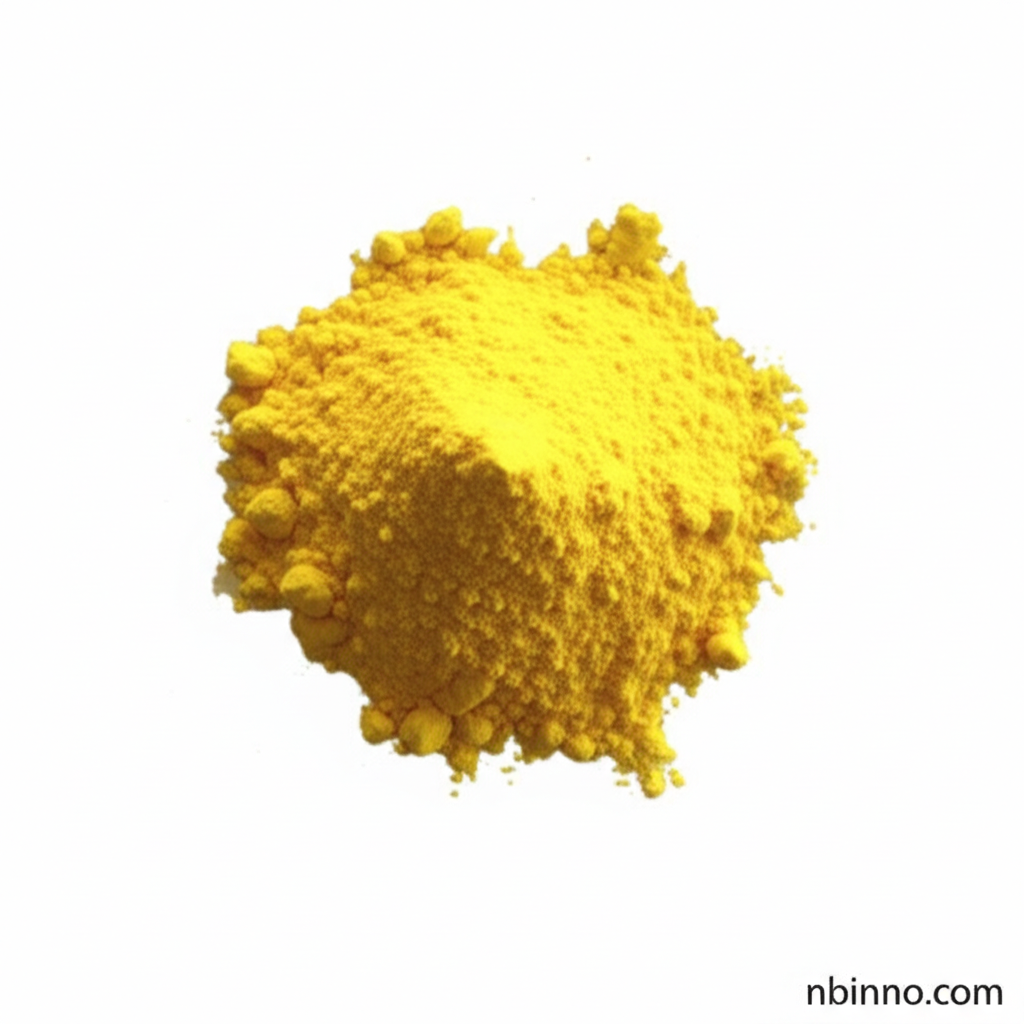Bis(8-Quinolinoiato)zinc: Properties, Synthesis, and Applications
Discover the versatile properties and cutting-edge applications of this vital zinc complex in advanced materials and sensing.
Get a Quote & SampleProduct Core Value

Bis(8-Quinolinoiato)zinc
Bis(8-Quinolinoiato)zinc (Znq2) is a coordination compound widely recognized for its significant contributions to materials science and optoelectronics. Its robust structure and favorable photophysical characteristics make it a key component in the development of high-performance Organic Light-Emitting Diodes (OLEDs) and sensitive fluorescent chemosensors.
- Explore the intricacies of Bis(8-Quinolinoiato)zinc synthesis, delving into various routes that ensure high purity and controlled molecular structures.
- Understand the fundamental Bis(8-Quinolinoiato)zinc properties, including its remarkable thermal stability and tunable photoluminescence, crucial for OLED applications.
- Learn about the advanced characterization techniques employed to validate its structural integrity and electronic behavior, vital for its utility in electronic devices.
- Discover the potential of Bis(8-Quinolinoiato)zinc as a fluorescent sensor for critical metal ions, enabling sensitive and selective detection in various matrices.
Key Advantages
Enhanced OLED Performance
Leverage the high electroluminescence quantum yields and good electron transport properties of Bis(8-Quinolinoiato)zinc to achieve brighter, more efficient OLED devices with lower operating voltages.
Sensitive Metal Ion Detection
Utilize the CHEF effect of Bis(8-Quinolinoiato)zinc derivatives for highly sensitive and selective fluorescent sensing of metal ions like Zn²⁺ and Cd²⁺, crucial for environmental and biological monitoring.
Tunable Optical Properties
Design and synthesize novel Bis(8-Quinolinoiato)zinc derivatives with tailored substituents to fine-tune emission colors and photophysical characteristics for specific optoelectronic applications.
Key Applications
Organic Light-Emitting Diodes (OLEDs)
Bis(8-Quinolinoiato)zinc is a cornerstone material in OLED technology, serving as both an emissive layer component and an electron transport material, contributing to device efficiency and color purity.
Fluorescent Chemosensing
Its fluorescence properties are exploited to develop highly selective sensors for critical metal ions, enabling applications in environmental analysis and biological imaging.
Catalysis
The compound's derivatives are investigated for their role in catalytic processes, particularly in the ring-opening polymerization of lactides, showcasing its utility in chemical synthesis.
Advanced Materials
Research into supramolecular assemblies and hybrid materials incorporating Bis(8-Quinolinoiato)zinc explores its potential in creating novel functional materials with unique optical and electronic properties.
